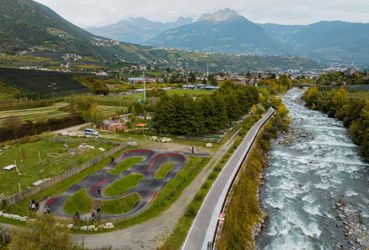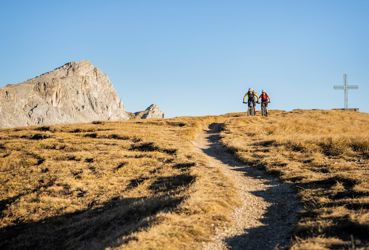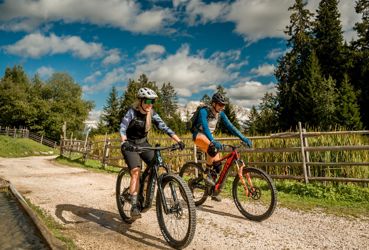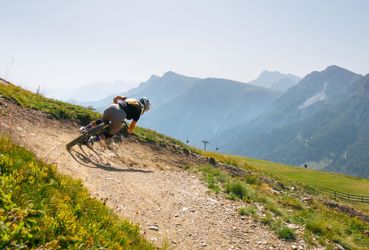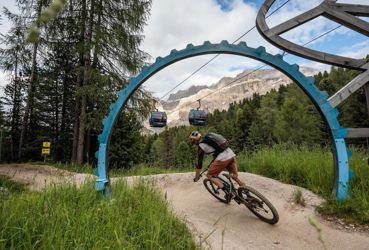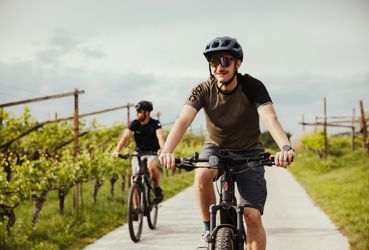Cornering smoothly - the basics
Cornering smoothly – that’s the real art of mountain biking. Although, to be fair: the perfect corner doesn’t exist – each one is different. To avoid making things too complicated and going into every single cornering technique in detail, we asked Arno Feichter, head of the Bike School Bikeacademy Sextner Dolomiten, what really matters.
Arno, how important are the basics when it comes to cornering?
"Very important. It’s like cooking – if the basic recipe is solid, the dish turns out well. It’s the same with biking – whether it’s a berm or a tight switchback, the basics always apply. If you’ve got them down, you can handle any corner.”
Let’s start with the most important thing: your line of sight.
"Where you look is everything. You need to look where you want to go – not where you don’t want to end up. Sounds obvious, but it’s crucial. In open corners, look toward the exit. In tight switchbacks, focus on the apex, then quickly toward the exit. Your eyes lead the rest of your body."
So what does the rest of your body do?
"It follows. Head, shoulders, arms – they should all be in line with the handlebars. That gives you stability and control. And: keep your arms loose! Many people tense up here."
And the hands – especially the fingers on the brakes?
"One or two fingers on the brakes – that’s enough. Brake before the corner, not while you're in it. Braking hard mid-corner often leads to skidding. So: adjust your speed beforehand, then roll through smoothly."
What about the hips and knees?
"They move with the bike. The hips rotate into the corner, and the knees point in the same direction. That helps you control your line – no matter if it’s a tight or wide turn."
What’s the ideal position when riding downhill?
"Active neutral position: feet level on the pedals, arms bent, eyes forward, upper body slightly rotated into the turn – the bike follows. That gives you maximum stability."
And if the terrain is loose?
Then things get trickier. The bike needs to be leaned onto the side knobs of the tires to get grip. That means: approach in a central neutral position, slow down, drop your outside foot, lean the bike by extending your inside arm and outside leg, then bring the bike upright again by returning to the neutral position as you exit. All of this is guided by your eyes – as mentioned earlier.
And what about uphill, when it gets steep?
"Again, your eyes show the way. Sit far forward on the saddle tip, rotate your whole body into the corner. And yes – your butt should move too, especially when turning into a steep switchback.” Keep your upper body low and close to the handlebars – that gives traction to the front wheel.
So can we say: the body follows the eyes?
"Exactly. From head to toe – everything aligns with where you want to go. That’s the key.”
Conclusion:
If you want to corner properly, don’t just think about your bike – think about your whole body. Because it rides with you.


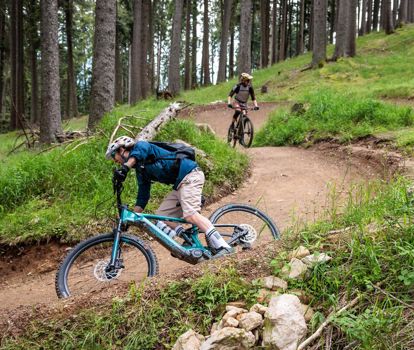
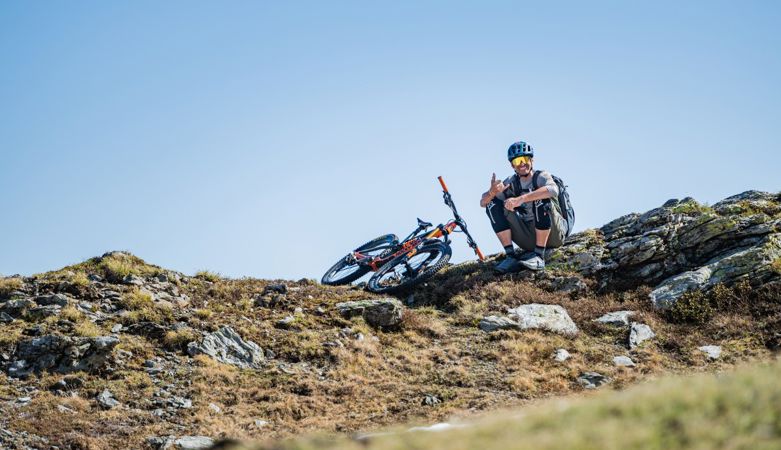
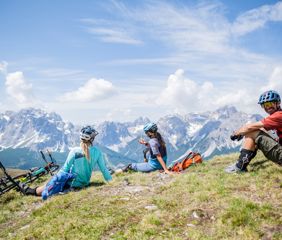

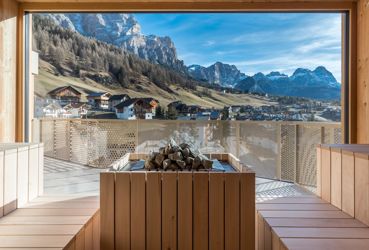
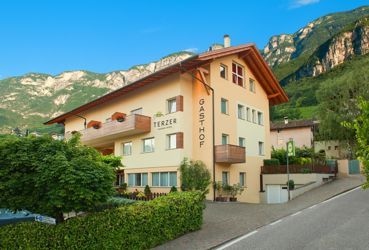
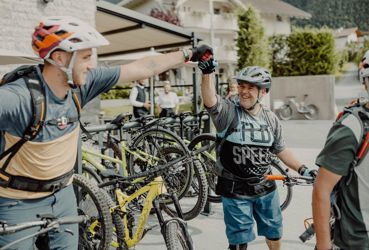
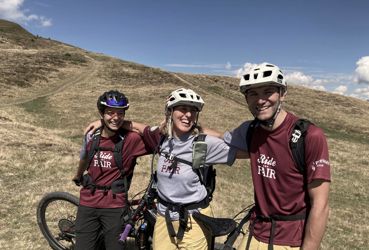
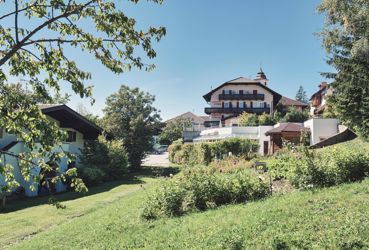
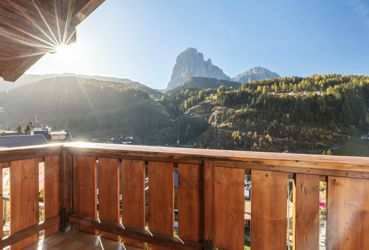
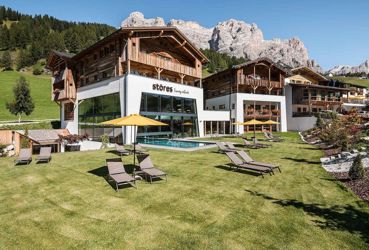

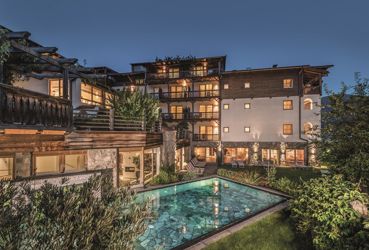
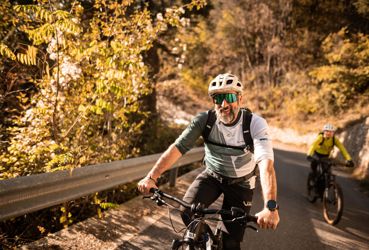
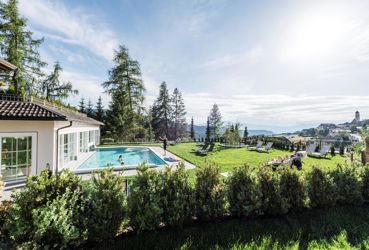
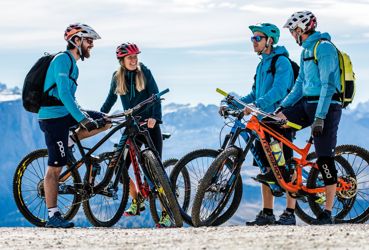

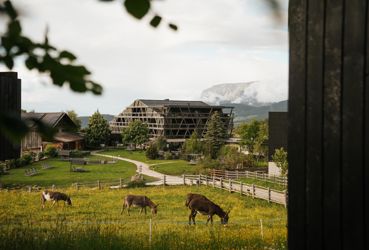
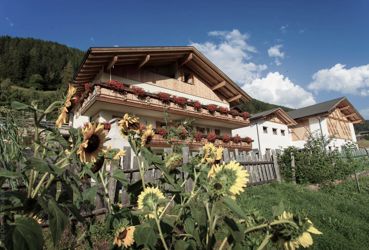

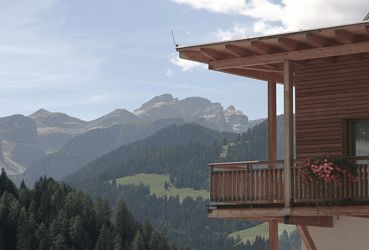
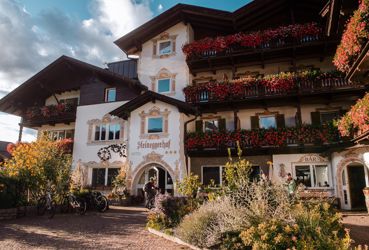
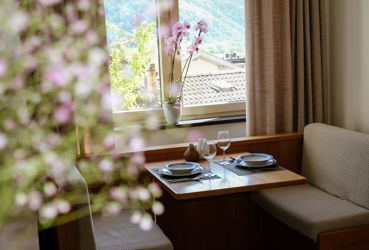

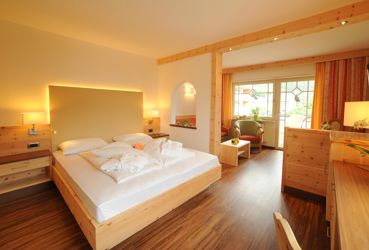
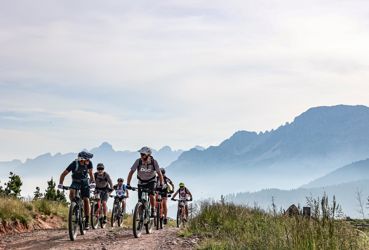

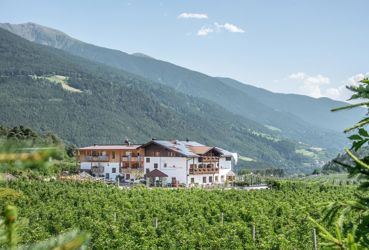
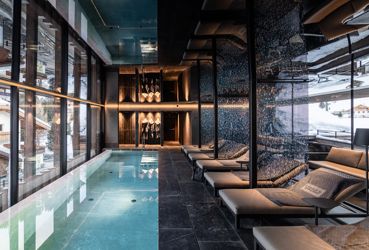
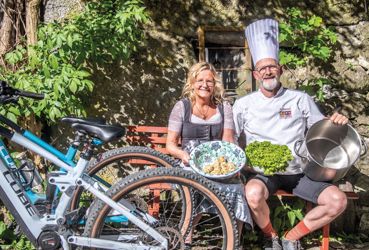
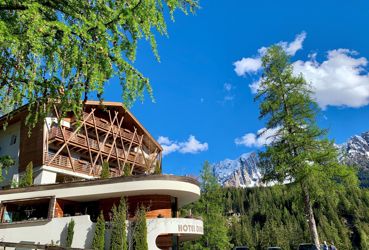
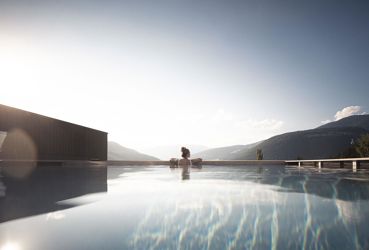

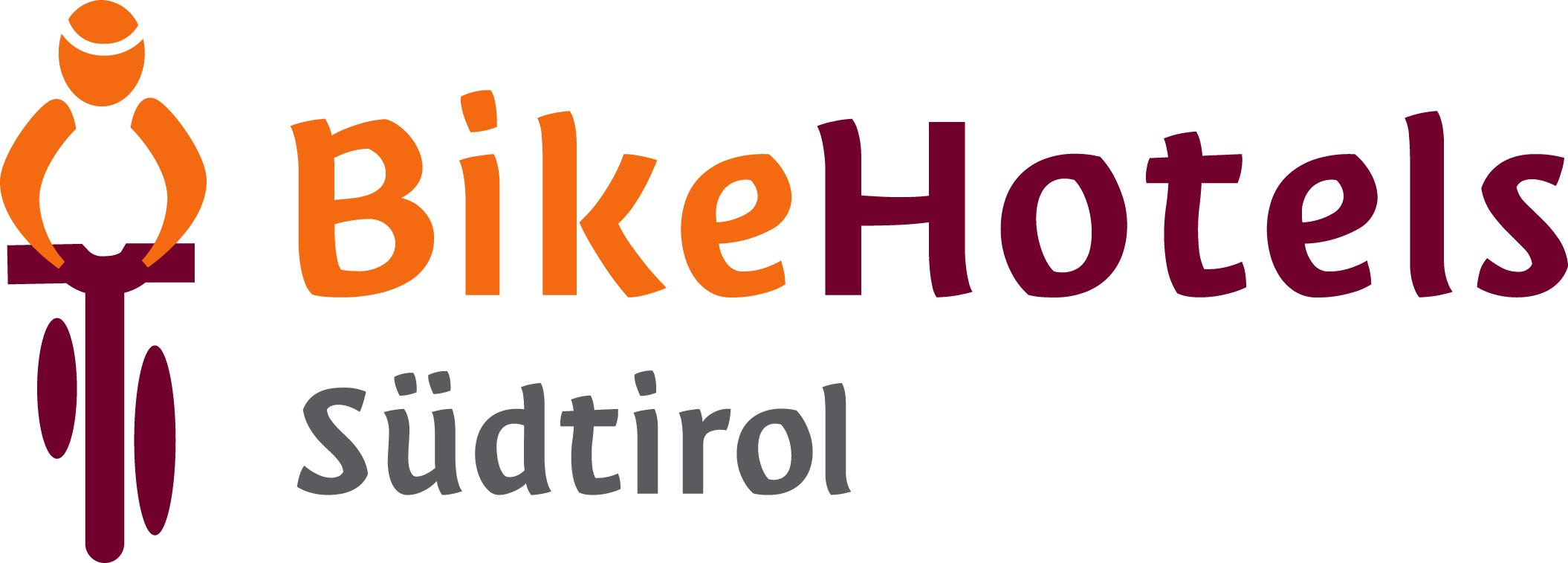
![good-times-on-2-wheels[2]](/media/67f20168-dcec-4075-8a18-3bb03c0dcc35/369_x_250/20231116090829/good-times-on-2-wheels[2].jpg)
